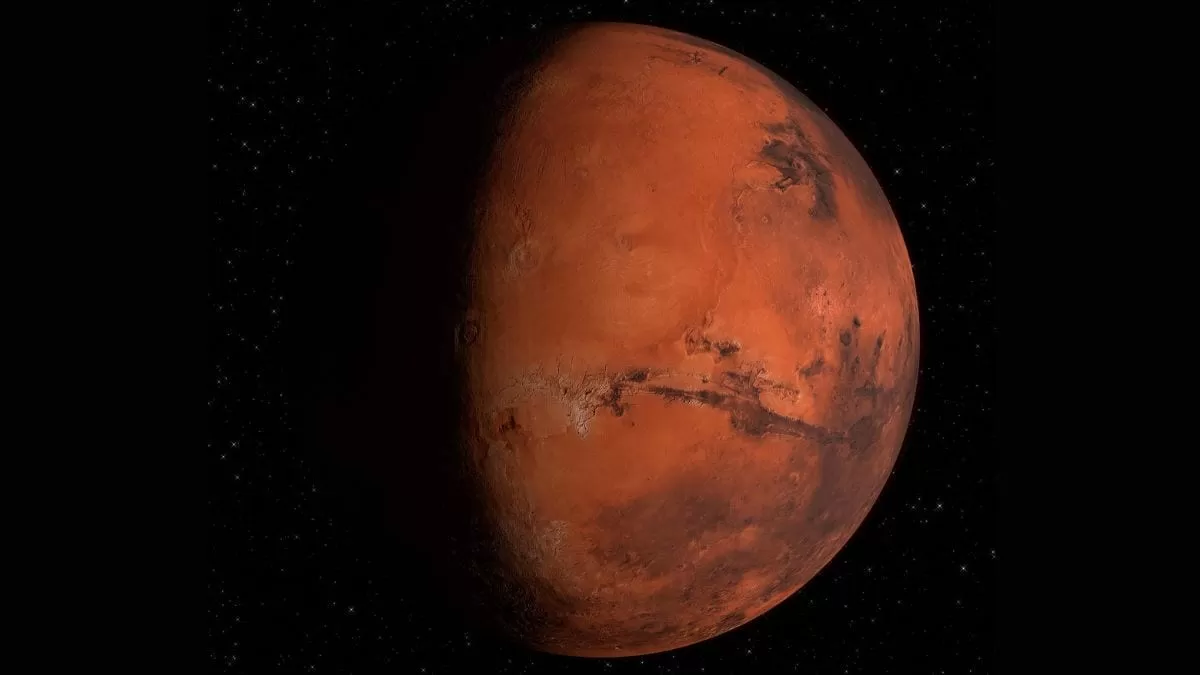Mars, the fourth planet from the Sun, has long been a source of fascination for scientists and space enthusiasts alike. With its reddish hue and similarities to Earth, it has been a subject of numerous studies and research. One of the most intriguing aspects of Mars is the possibility of water on its surface, which has been a topic of debate for many years. However, a recent study led by Bruce Jakosky has challenged the previous claims of vast amounts of water being stored beneath the surface of Mars, leaving its water history shrouded in mystery.
The study, which was published in the journal Nature Geoscience, analyzed data from NASA’s InSight mission and found that the previous estimates of Mars’ mid-crust being saturated with liquid water may not be accurate. This discovery has raised questions about the presence of water on Mars and has challenged the earlier interpretations of seismic data.
The InSight mission, which landed on Mars in 2018, was designed to study the planet’s interior and provide valuable insights into its geological history. One of its main objectives was to detect any signs of liquid water beneath the surface using a seismometer. The seismometer, also known as the Seismic Experiment for Interior Structure (SEIS), recorded seismic waves caused by meteorite impacts and marsquakes. These waves can provide valuable information about the internal structure of the planet, including the presence of water.
Previous studies had suggested that Mars’ mid-crust, which is about 20 kilometers below the surface, was saturated with liquid water. This claim was based on the interpretation of the seismic data collected by the InSight mission. However, the new study led by Bruce Jakosky has found that the data may have been misinterpreted, leading to an inaccurate estimation of the amount of water present on Mars.
The team analyzed the data from SEIS and found that the previous interpretations were based on a faulty assumption that the waves were traveling through a layer of liquid water. Instead, the waves were traveling through a layer of partially molten rock, which has a similar density to liquid water. This led to an overestimation of the amount of water present in the mid-crust of Mars.
The findings of this study have significant implications for our understanding of Mars’ water history. It challenges the long-held belief that Mars was once a wet planet, with vast oceans and rivers. Instead, it suggests that the planet may have been dry for most of its history, with only small amounts of water present in its mid-crust.
This discovery also has implications for the search for life on Mars. Liquid water is considered a crucial ingredient for life, and the presence of vast amounts of water on Mars would have increased the chances of finding evidence of past or present life on the planet. However, with the new findings, the search for life on Mars may have to be re-evaluated.
Despite the new findings, the possibility of water on Mars cannot be completely ruled out. The study only focused on the mid-crust of the planet, and there could still be pockets of liquid water in other parts of Mars. The planet’s polar ice caps, for example, are known to contain large amounts of water ice. The study also does not rule out the possibility of water being present in the past, as the planet’s climate has changed significantly over time.
The study by Bruce Jakosky and his team has opened up new avenues for research on Mars. It has highlighted the need for further studies and a better understanding of the planet’s internal structure. The InSight mission is still ongoing, and scientists will continue to analyze the data to gain a better understanding of Mars’ water history.
In conclusion, the recent study challenging the claim of vast amounts of water being stored beneath the surface of Mars has left its water history shrouded in mystery. While the findings may have raised more questions than answers, they have also opened up new possibilities for future research. As we continue to explore the Red Planet, we may one day uncover the truth about its water history and its potential for life.

